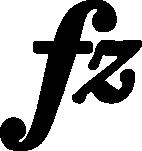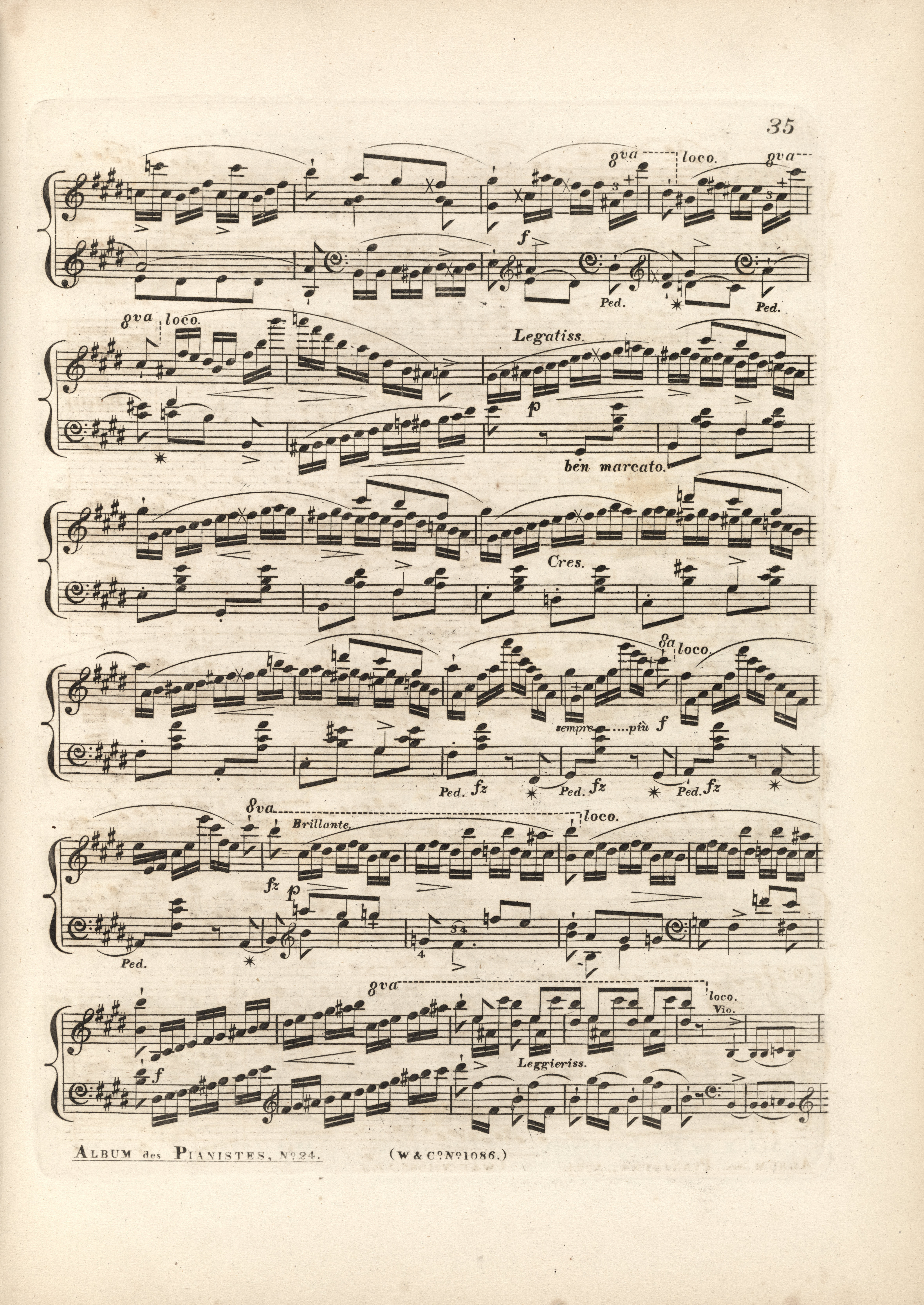



It is highly likely that it was the reviser of EE that guessed Chopin's intention – it is not always easy to distinguish wedges from dots in autographs; engravers often had problems with their recognition. The wedge in the L.H. and the compliant wedges in similar situations two and four bars later support the mistake of FE (→GE). On the other hand, the discussed place shows a number of essential differences with respect to bars 246 and 248 – a single note and not an octave in the R.H., different preceding music, presence of  . Due to this reason, in the main text we leave the dot featured in the principal source.
. Due to this reason, in the main text we leave the dot featured in the principal source.
Compare the passage in the sources »
category imprint: Differences between sources
issues: EE revisions, Wedges
notation: Articulation, Accents, Hairpins



